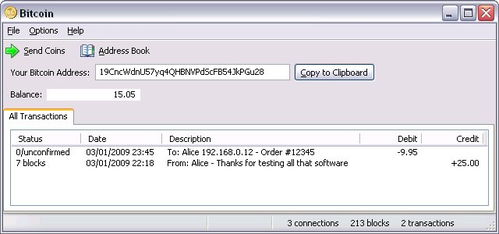Halving Bitcoin, The Impact on Supply and Ciphering
The Bitcoin halving event is a crucial occurrence in the cryptocurrency world. It significantly influences Bitcoin\’s supply, market dynamics, and miner incentives. This article delves into the concept of halving and examines its broad implications on Bitcoin and the broader cryptocurrency landscape.
The Bitcoin halving event is a crucial occurrence in the cryptocurrency world. It significantly influences Bitcoin’s supply, market dynamics, and miner incentives. This article delves into the concept of halving and examines its broad implications on Bitcoin and the broader cryptocurrency landscape.
Understanding Bitcoin Halving
Bitcoin halving refers to the process by which the reward for mining new blocks is cut in half. This event occurs approximately every four years, or every
210,000 blocks created on the Bitcoin blockchain. The primary goal of halving is to control the supply of Bitcoin, ensuring that it becomes increasingly scarce over time, mimicking precious resources like gold.
When Bitcoin was first launched in 2
009, miners received 50 bitcoins for each block mined. This reward has undergone three halvings: the first in 2012 reduced the reward to 25 BTC, the second in 2016 cut it to 12.5 BTC, and the most recent halving in 2020 lowered it to 6.25 BTC. The next anticipated halving is expected in 2
024, which will further decrease the mining reward to 3.125 BTC per block.
The Economic Implications of Halving
The economic impact of halving extends far beyond just the reduction of miner rewards. As the supply of new bitcoins entering circulation decreases, we can observe an increase in scarcity. This scarcity may lead to a rise in demand, particularly among investors and traders speculating on Bitcoin’s future value. Historically, each halving event has been followed by a significant bullish market trend, although past performances are not indicative of future results.
Moreover, halving directly affects mining profitability. With lower rewards for miners, only those who can operate efficiently and economically will remain in business. As a result, halving often leads to consolidation within the mining industry, as smaller, less efficient miners exit the market, leaving only those with access to cheaper electricity and advanced technology.
Affect on Bitcoin’s Price
Historically, Bitcoin’s price has experienced incredible spikes after each halving. For instance, following the 2012 halving, Bitcoin’s price soared from around $12 to over
$1,100 within a year. After the 2016 halving, the price jumped from approximately $400 to nearly
$20,000 in late 2017. While it is still uncertain whether such trends will continue, the anticipation of each halving often generates speculation and excitement within the market.
However, it’s essential to note that market conditions are continuously evolving and influenced by various factors, including regulatory changes, macroeconomic trends, and technological innovations. As such, while past performance gives some insight, it does not guarantee future outcomes.
In summary, Bitcoin halving presents a vital mechanism that governs the cryptocurrency’s supply. It drives scarcity, impacts miner profitability, and has historically resulted in notable price movements. As we approach the next halving, understanding these dynamics will be crucial for investors, traders, and anyone interested in the future of Bitcoin and cryptocurrencies.






